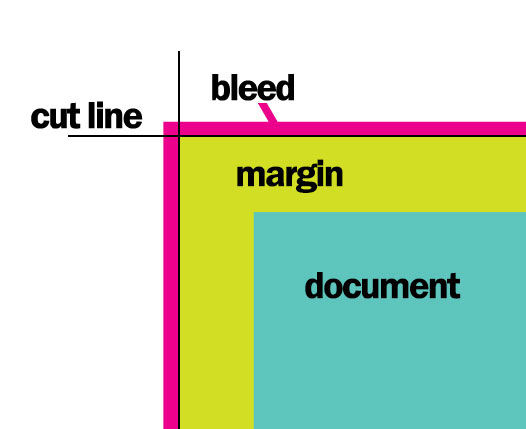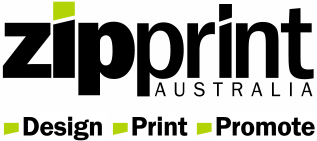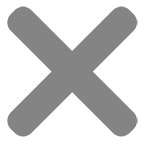
Bleed & Margin are essential to the consistent and clean presentation of anything we print.
When a job is printed, the ink does not reach the very edge of the paper, which means in order to have print run to the edge of a sheet, we need to cut on the edge to remove the unprinted area.
Guillotines aren’t always 100% accurate so there needs to be some margin for error. So we explain below the concept behind bleed and margin.
Bleed
Bleed is additional design or ink around the outside of your document. Bleed is portion of artwork the guillotine cuts into. This ensures that there’s no thin white edges on the paper as you cut directly into the printed area. So adding background colour or imagery that extends beyond the cutline into the ‘bleed area’ helps avoid unwanted results.
This is essential to consistently have print reach the edge of your sheet.
No important imagery or text should be in the bleed area as it is cut off.
Margin
Margin is the area inside the cut line that allows for variance in the cut.
If the guillotine cut is slightly off, then the final printed sheet will be cut inside the intended cutline. So allowing blank space within the sheet itself protects the final product from having missing information.
In many cases, a margin that is larger than the bleed thickness helps to add extra safety and improve the balance of a printed job, so no elements are unnecessarily close to the edge of the sheet.
No important imagery or text should be in the margin area as it is cut off.

